Pet reptiles bring unique joy and fascination to households, but they’re also notorious escape artists. Whether you have a sneaky snake, a wandering lizard, or a determined tortoise, understanding how to properly secure your scaly friend is essential for their safety and your peace of mind. An escaped reptile faces numerous dangers including temperature extremes, predators, injury, and even starvation. This comprehensive guide will help you implement effective strategies to prevent escape accidents and keep your cold-blooded companion safe and secure in their habitat.
Understanding Your Reptile’s Escape Abilities
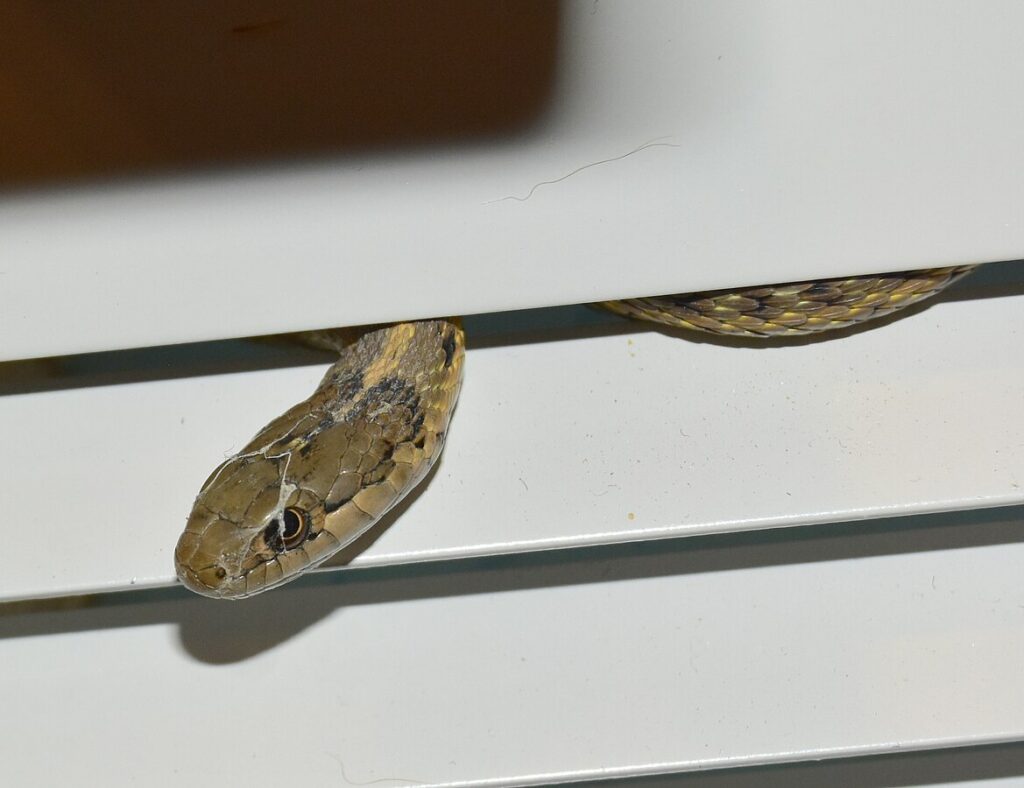
Every reptile species possesses unique physical capabilities that can facilitate escapes. Snakes can squeeze through incredibly small openings and use their muscular bodies to push against loose lids. Arboreal lizards like geckos and chameleons have specialized toe pads that allow them to climb smooth surfaces including glass and plastic. Turtles and tortoises might seem slow, but they can be surprisingly determined diggers and climbers when motivated. Understanding your specific pet’s natural abilities is the first step in prevention—a ball python’s escape strategies differ dramatically from those of a bearded dragon or box turtle. Research your particular species’ physical capabilities and natural behaviors to identify potential escape routes you might otherwise overlook.
Selecting Escape-Proof Enclosures
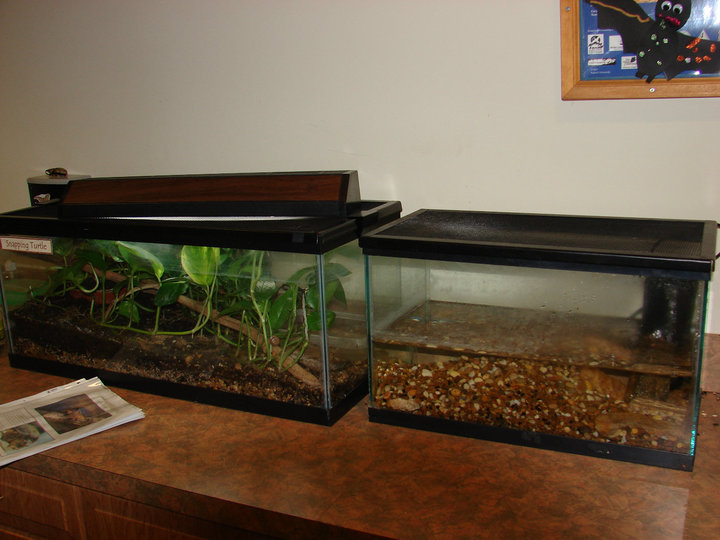
The foundation of reptile escape prevention begins with selecting an appropriate enclosure designed specifically for your species. Glass terrariums with secure, locking screen tops work well for many species but may not be suitable for stronger reptiles like large monitors or certain snakes. Purpose-built PVC enclosures offer excellent security with their tight-fitting doors and minimal gaps. For aquatic turtles, tanks need adequate height above the water line to prevent climbing out. Whatever type you choose, ensure the enclosure has secure latches or locks that cannot be pushed open by a determined reptile. Remember that young reptiles generally require more secure housing than adults as they can squeeze through smaller openings and may be more exploratory.
Secure All Potential Exit Points
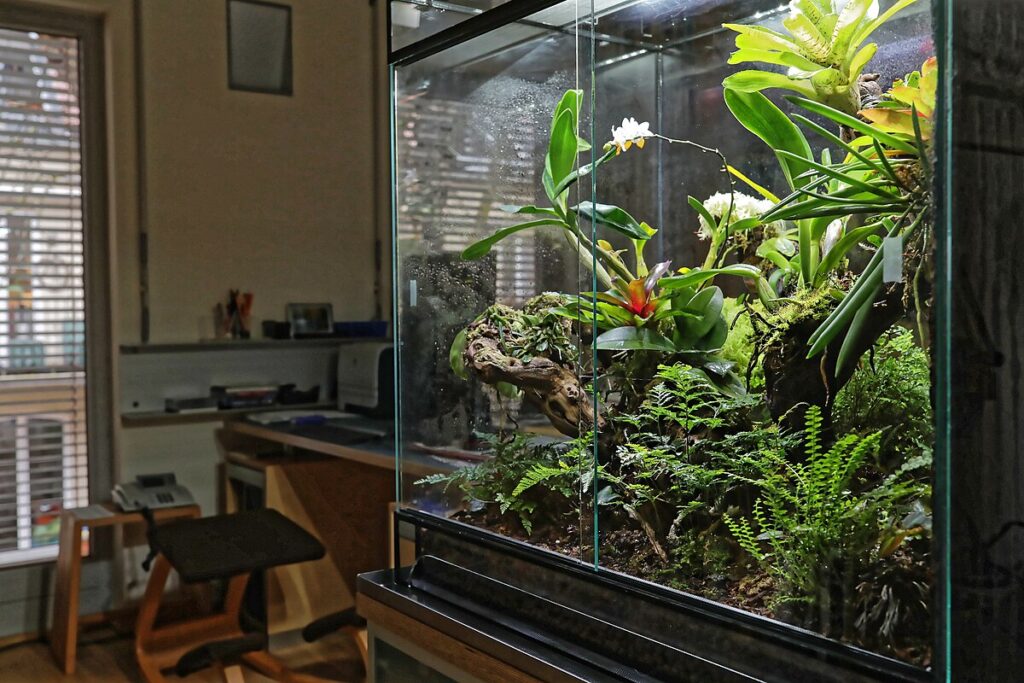
A thorough inspection of your reptile’s enclosure can reveal unexpected escape routes that need addressing. Examine all seams, corners, ventilation holes, and cable entry points for gaps large enough for your pet to exploit. Even openings that seem impossibly small can be utilized by determined reptiles, especially snakes that can compress their bodies significantly. Use silicone sealant (reptile-safe varieties) to close small gaps in glass enclosures. For wire mesh or screen tops, ensure the mesh size is appropriate for your pet—smaller species can push through larger mesh patterns. Install additional locks or clips on doors and lids, particularly if your enclosure relies on simple sliding mechanisms that reptiles can nudge open with repeated effort. Remember that security needs to be reassessed regularly as wear and tear can create new escape opportunities.
Managing Cables and Equipment
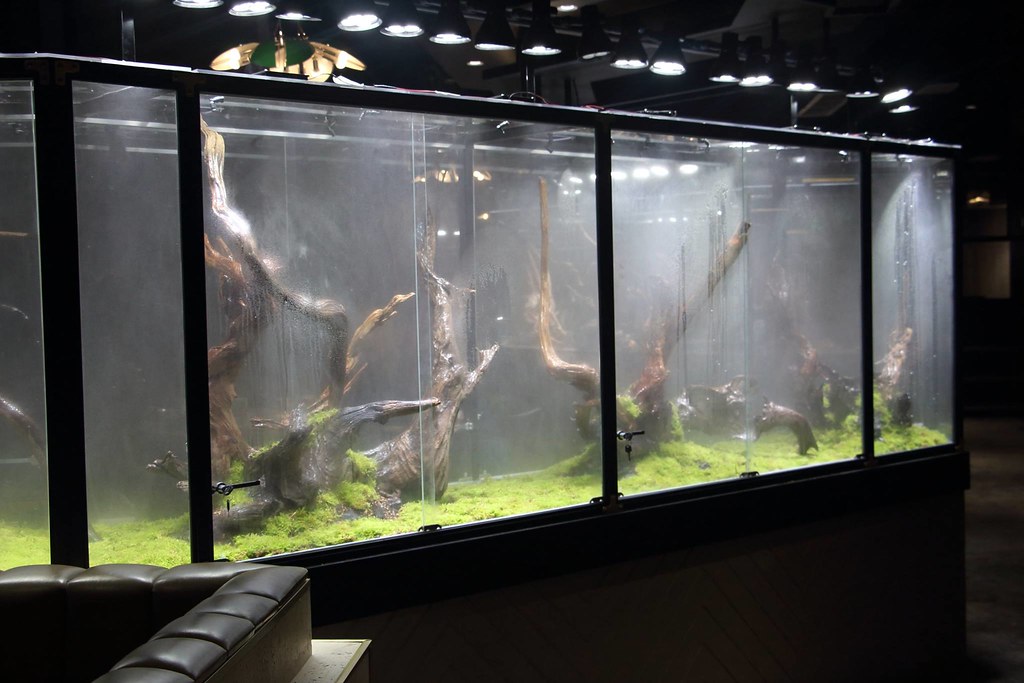
Heating elements, lighting fixtures, and other electronic equipment often require cables that enter the enclosure, creating potential escape routes. Minimize these risks by carefully planning cable management from the beginning. Use dedicated cable ports or grommets designed for reptile enclosures rather than simply draping wires over edges. Seal around cable entry points with reptile-safe silicone or use purpose-made cable guards. Position heat lamps and other external equipment so they don’t create gaps when placed on mesh tops. For internal equipment, ensure it’s securely mounted and doesn’t create climbing structures that could facilitate escape. Check these areas regularly as equipment may shift or seals may deteriorate over time, creating new escape opportunities.
Weight Down Enclosure Lids
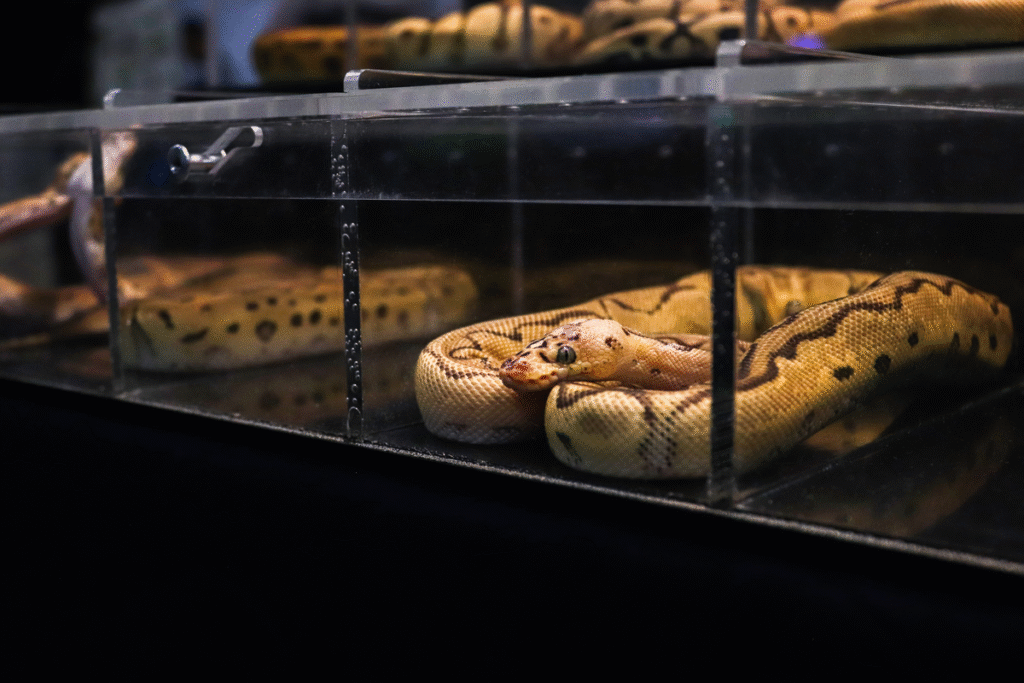
Many reptiles are surprisingly strong and can push upward against lightweight lids or screen tops. Large snakes and monitor lizards are particularly known for their ability to use their muscular bodies to force openings. Combat this by adding appropriate weights to enclosure lids—books, paperweights, or purpose-made terrarium clips can provide additional security. For screen tops, distribute weight evenly to prevent warping that could create gaps. If using mesh clip-on lids, supplement with additional securing mechanisms as these can sometimes be dislodged by persistent reptiles. Remember that the weight should be sufficient to resist your pet’s strength but not so heavy that it damages the enclosure structure. This simple precaution is particularly important for reptiles known for their strength and determination, such as ball pythons and boa constrictors.
Handling With Care During Maintenance
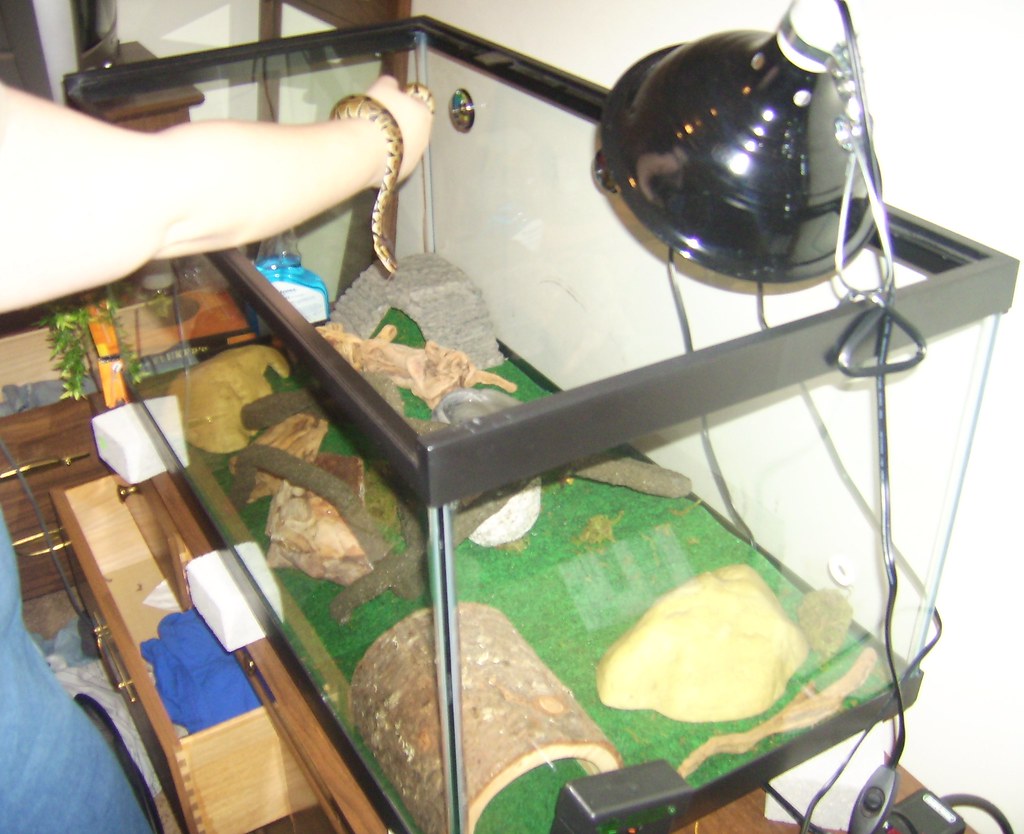
Many reptile escapes occur during routine maintenance when enclosures are open for cleaning, feeding, or interaction. Develop a systematic approach to these necessary tasks to minimize escape risks. Before opening the enclosure, ensure doors to the room are closed and windows are secured. Have all cleaning supplies, food, and equipment ready beforehand to minimize the time the habitat remains open. For particularly quick species like certain geckos or skinks, consider using a small holding container during deep cleaning sessions. When handling your reptile, maintain a secure but gentle grip appropriate for the species—too loose and they may escape, too tight and you could cause injury. Never leave an open enclosure unattended, even for a few seconds, as reptiles can move surprisingly quickly when motivated.
Creating Secondary Containment Systems

Implementing layers of security provides additional protection against escapes, especially for determined or particularly adept escape artists. Consider keeping your reptile’s primary enclosure within a reptile-safe room that acts as a secondary containment system. This room should have sealed gaps around doors, covered vents, and secured windows. For smaller setups, placing the enclosure within a larger tank or container can serve a similar purpose. Some keepers use clear plastic tubs with air holes as temporary housing during tank cleaning, providing an extra layer of security. If dedicated reptile rooms aren’t possible, use door sweeps, weather stripping, and careful monitoring to minimize escape risks when your pet is in maintenance-vulnerable situations. These secondary systems provide peace of mind and significantly increase the chances of quickly recovering an escaped reptile before they can leave the immediate area.
Addressing Species-Specific Escape Tactics
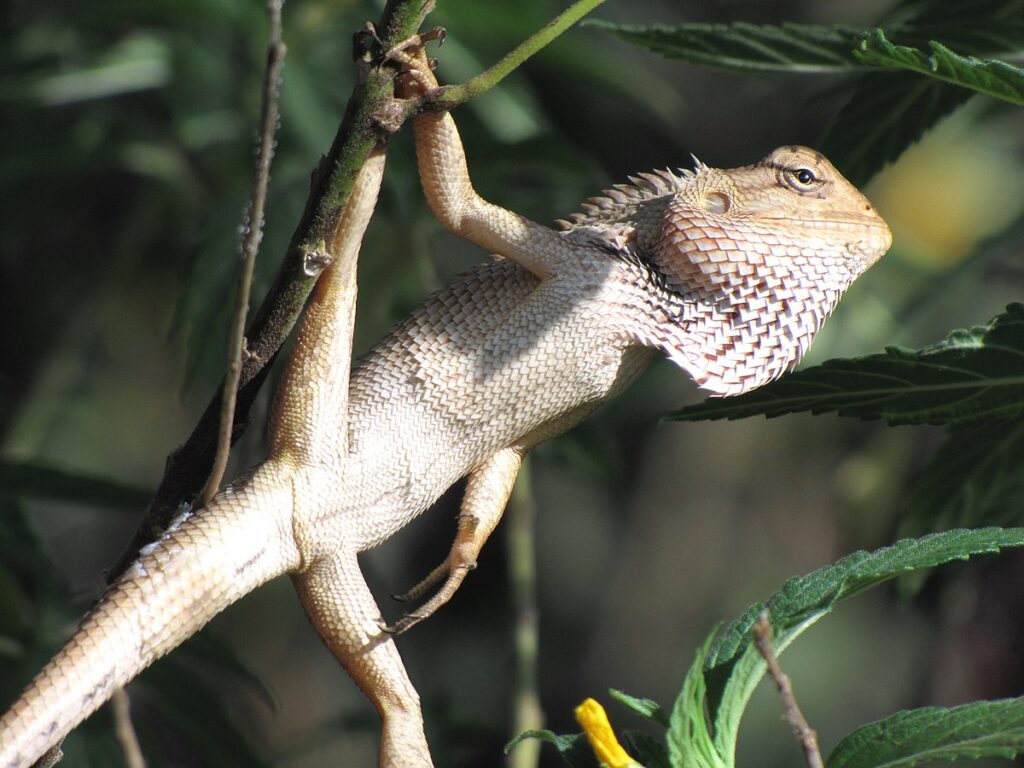
Different reptile species employ unique strategies to escape their enclosures, requiring targeted prevention approaches. Arboreal species like crested geckos and chameleons are excellent climbers that can scale seemingly smooth surfaces, demanding enclosures with secure tops and careful attention to upper corners. Burrowing species such as certain skinks and tortoises may dig under barriers, requiring deep substrate anchored by solid bottom panels or buried barriers. Aquatic turtles often attempt to climb out at water-glass intersections, necessitating adequate height above water level and removing potential climbing aids. Strong-bodied snakes may push against weak points repeatedly, requiring reinforced corners and edges. Research your specific species’ natural behaviors and escape patterns to implement the most effective preventative measures for their particular skills and tendencies.
Implementing Proper Environmental Enrichment

A surprising but effective escape prevention strategy involves proper environmental enrichment within the enclosure. Reptiles often attempt escapes when they’re bored, stressed, or seeking resources their habitat doesn’t provide. Ensure your pet’s enclosure offers appropriate hiding spots, climbing structures, basking areas, and mental stimulation appropriate for their species. Maintain proper temperature gradients and humidity levels to prevent comfort-seeking escape attempts. For active species, provide adequate space for natural behaviors—cramped quarters often increase escape attempts. Regular rotation of decor items and occasional supervised exploration time outside the enclosure (in a secure environment) can satisfy curiosity and reduce escape motivation. This holistic approach addresses the psychological factors that often drive escape behaviors in the first place.
Using Technology for Added Security
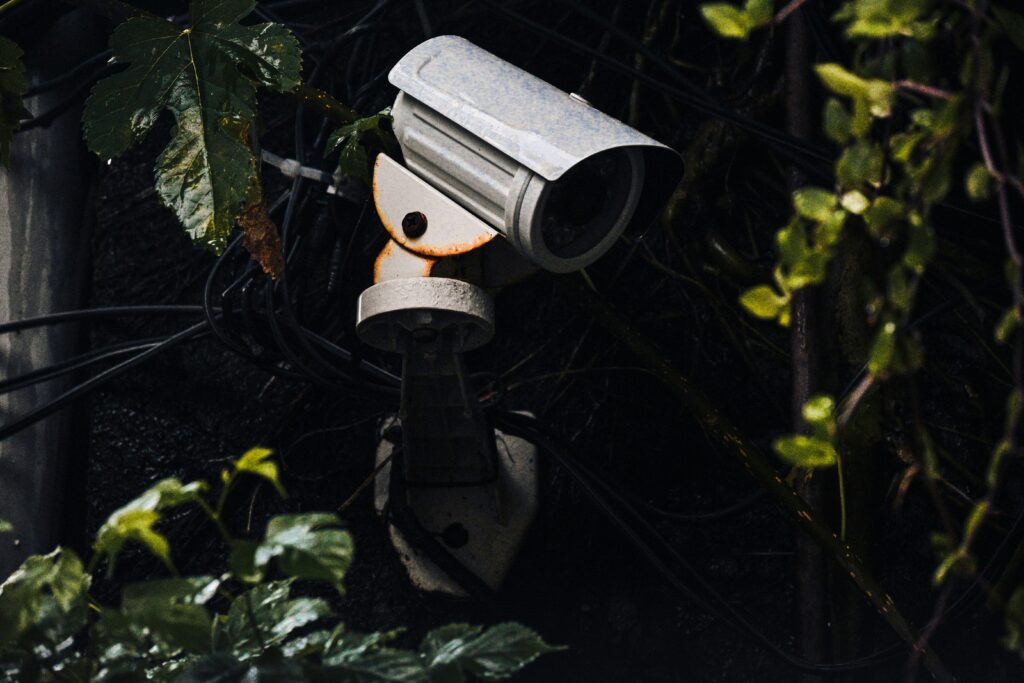
Modern technology offers innovative solutions for reptile escape prevention and monitoring. Consider installing small camera systems that allow you to check on your pet remotely, potentially catching escape attempts in progress. Motion sensors positioned near enclosure openings can alert you to activity when you’re not in the room. For valuable collections, some keepers implement simple alarm systems that trigger when enclosure doors open unexpectedly. Temperature and humidity monitors with alerts can help prevent environmental-stress-induced escape attempts. Even simple solutions like door sensors that beep when the enclosure is opened serve as reminders to secure the habitat after maintenance. While technology shouldn’t replace proper physical security measures, these tools provide an additional layer of protection, especially for particularly valuable or escape-prone species.
Preparing for Potential Escapes
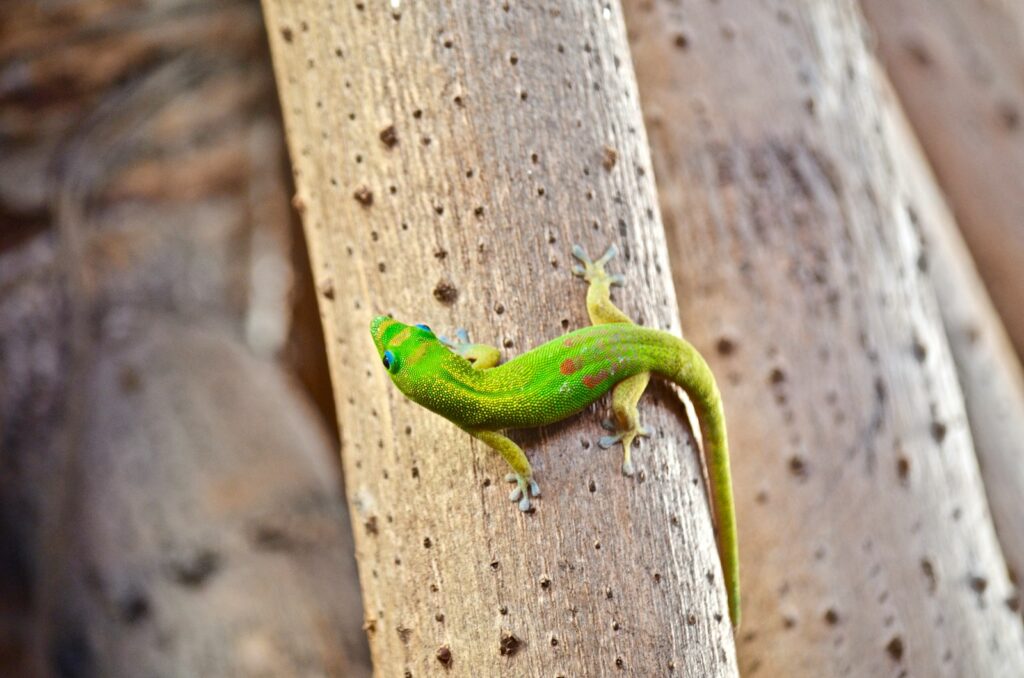
Despite best prevention efforts, it’s wise to prepare for the possibility of an escape. Have a detailed search plan ready, starting with the most likely hiding spots close to the enclosure and systematically expanding outward. Keep flour or cornstarch handy to sprinkle on floors—an escaped reptile will leave telltale tracks that can help determine their direction. Place water dishes in strategic locations, as dehydrated reptiles will often seek water sources. For nocturnal species, conduct searches at night using red-filtered lights that won’t startle them into hiding. Familiarize yourself with your reptile’s thermal preferences and search in areas that match those temperatures—cold reptiles seek heat sources while overheated ones look for cooler retreats. Preparation significantly increases the chances of a quick recovery before your pet encounters hazards.
Educating Household Members
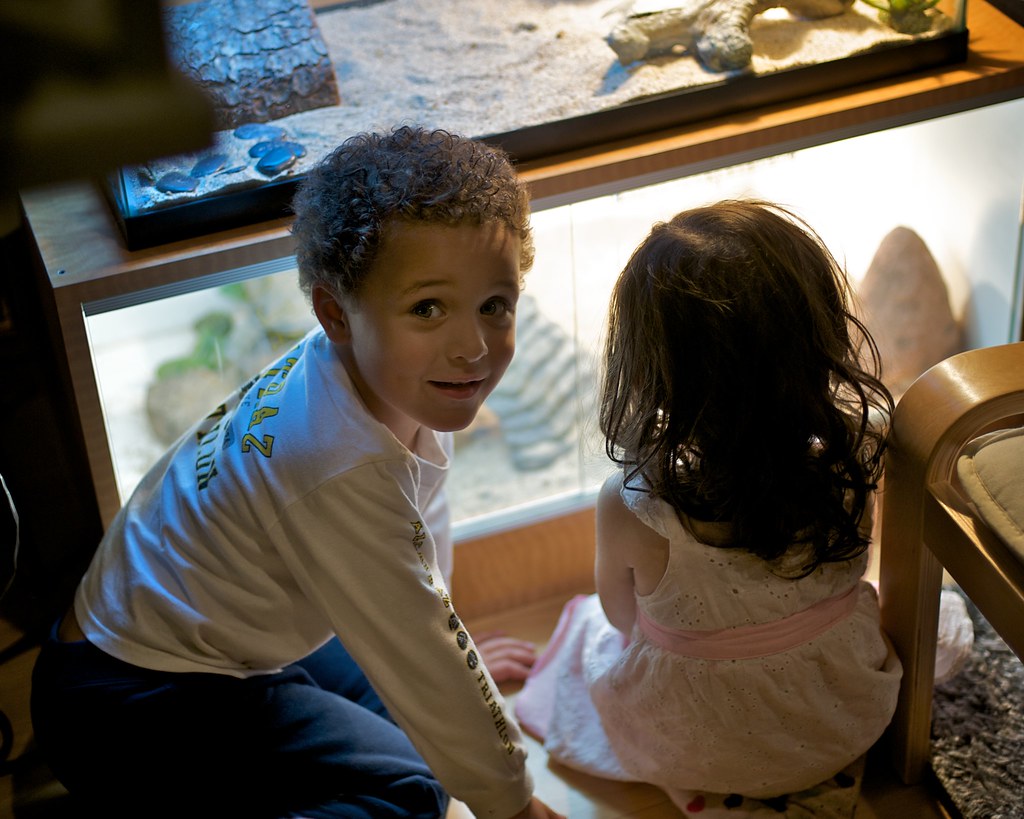
A security system is only as strong as its least careful user, making education of all household members essential for escape prevention. Establish clear protocols for enclosure access, handling, and security checks that everyone must follow. Teach children the importance of proper latching and never leaving doors open, even momentarily. Post visual reminders near enclosures about securing locks and checking for gaps. Ensure guests understand not to tap on glass, open enclosures, or otherwise interact with reptiles without supervision. For households with multiple caretakers, implement a system to communicate when maintenance has been performed to prevent accidental double-feeding or unsecured enclosures. This collaborative approach ensures consistent security practices even when the primary caretaker isn’t present.
Regular Security Audits
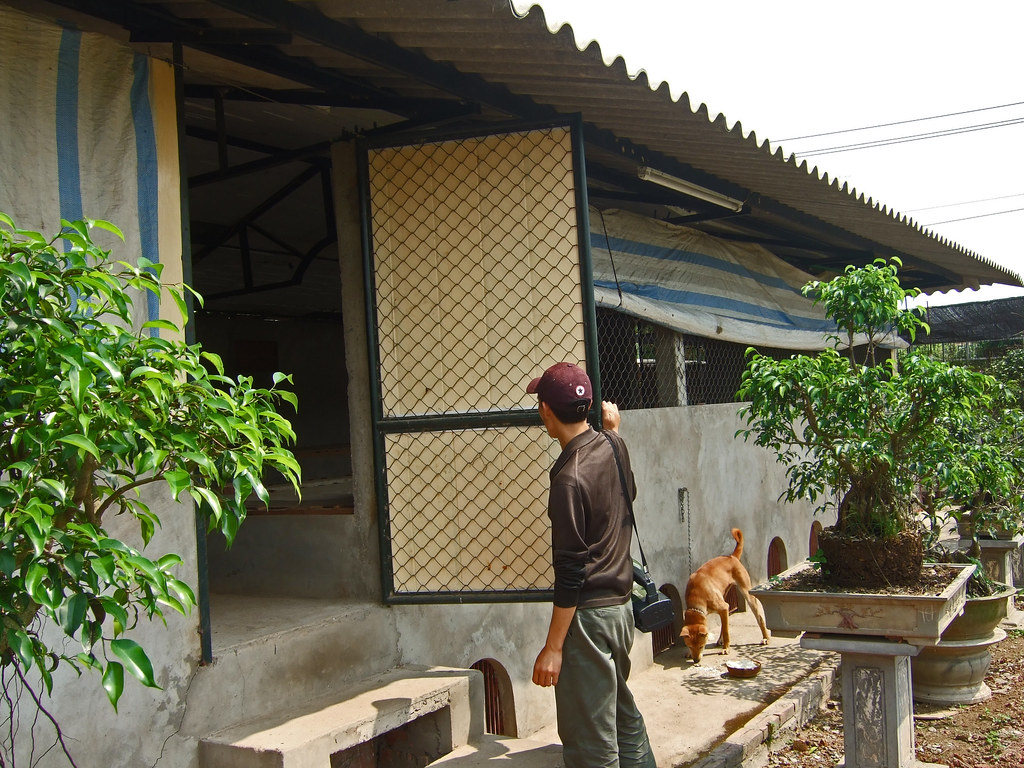
Preventing reptile escapes requires ongoing vigilance through regular security audits of your enclosure systems. Schedule monthly comprehensive inspections of all enclosures, checking for developing gaps, worn latches, damaged seals, or loose fixtures. Test locks and latches to ensure they’re functioning properly and haven’t become loose with repeated use. Examine mesh screens for signs of pushing or stretching that could indicate escape attempts. Verify that all equipment is properly secured and hasn’t shifted to create new escape routes. Document your findings and immediately address any issues discovered during these audits. This proactive approach catches potential escape routes before your reptile discovers them and prevents the heartbreak and danger of a lost pet.
Preventing reptile escapes requires a combination of appropriate enclosures, vigilant maintenance, understanding of species-specific behaviors, and consistent security practices. By implementing these comprehensive strategies, you’ll create a secure environment that keeps your scaly companion safe while giving you peace of mind. Remember that escape prevention is an ongoing process requiring regular assessment and adaptation as your reptile grows and enclosures age. The time invested in proper security measures is minimal compared to the potential heartbreak of losing a beloved pet or the dangers an escaped reptile might face. With thoughtful preparation and consistent application of these principles, you can enjoy the rewarding experience of reptile keeping while ensuring your cold-blooded friend remains exactly where they belong—safe in their properly secured habitat.


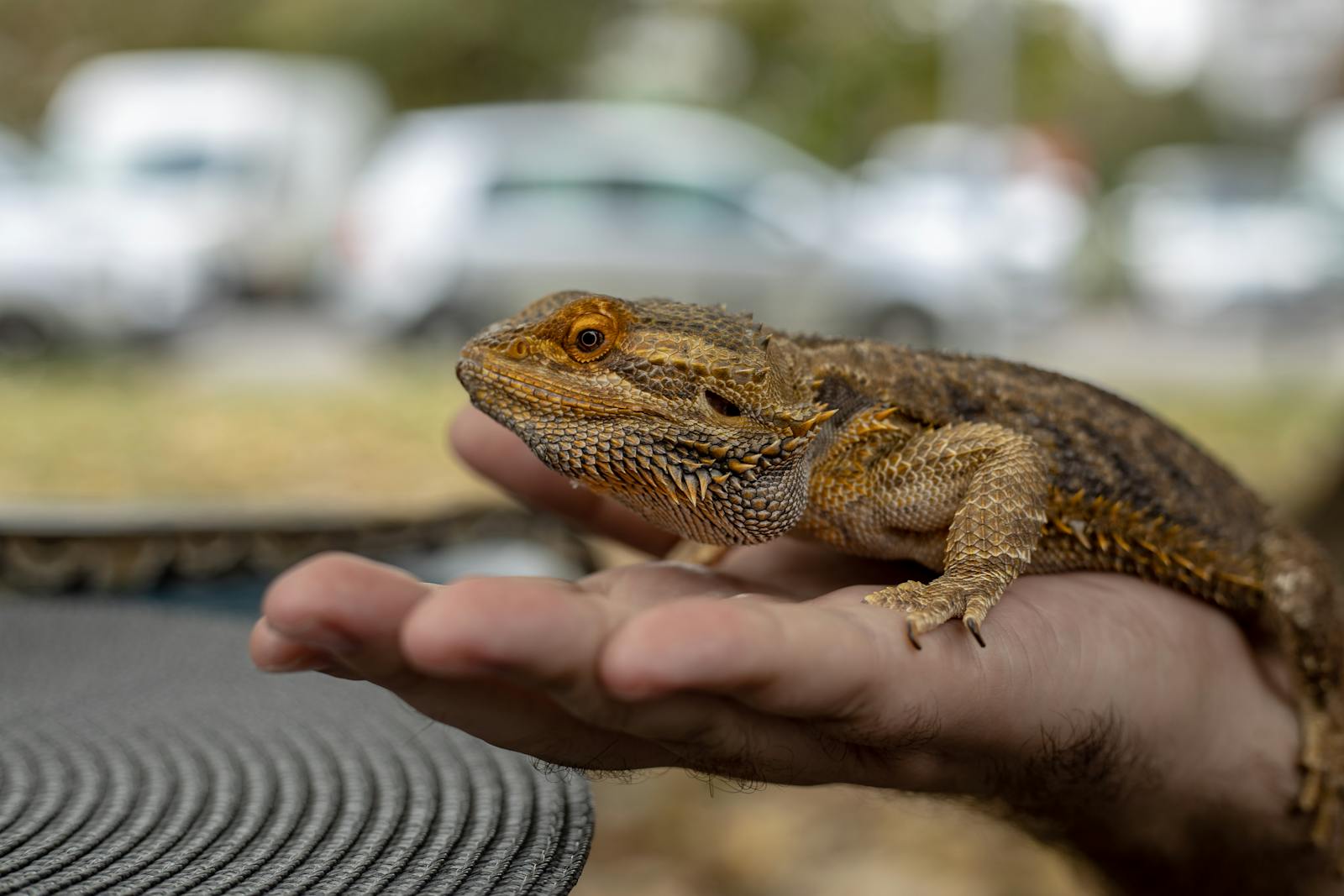

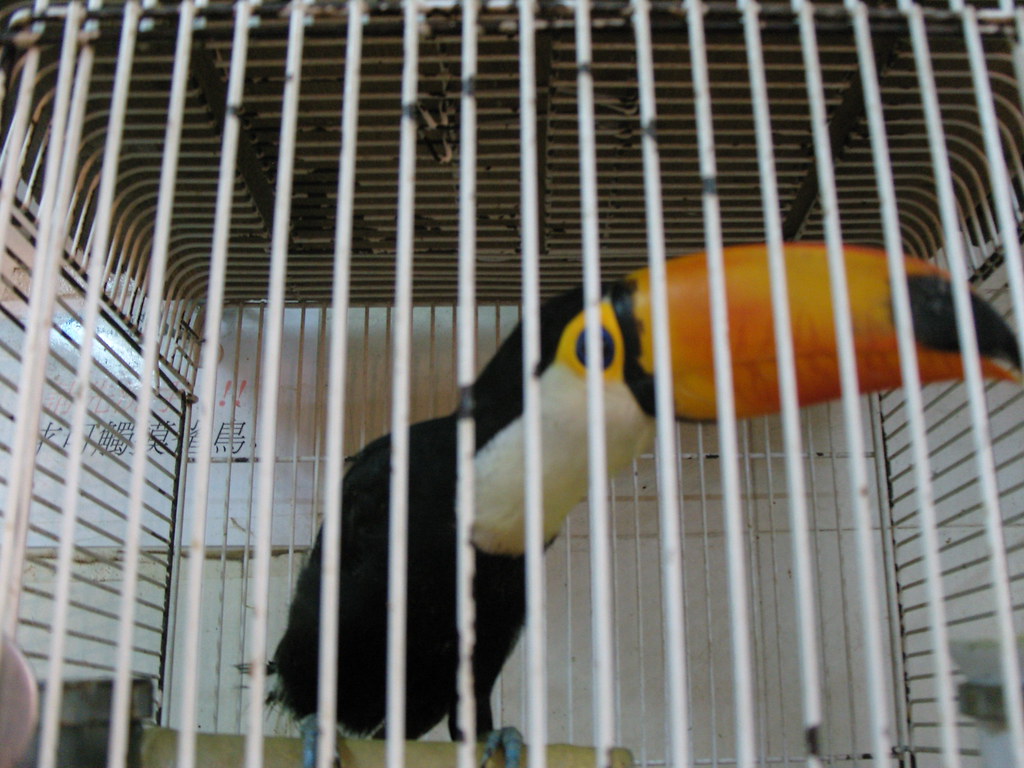
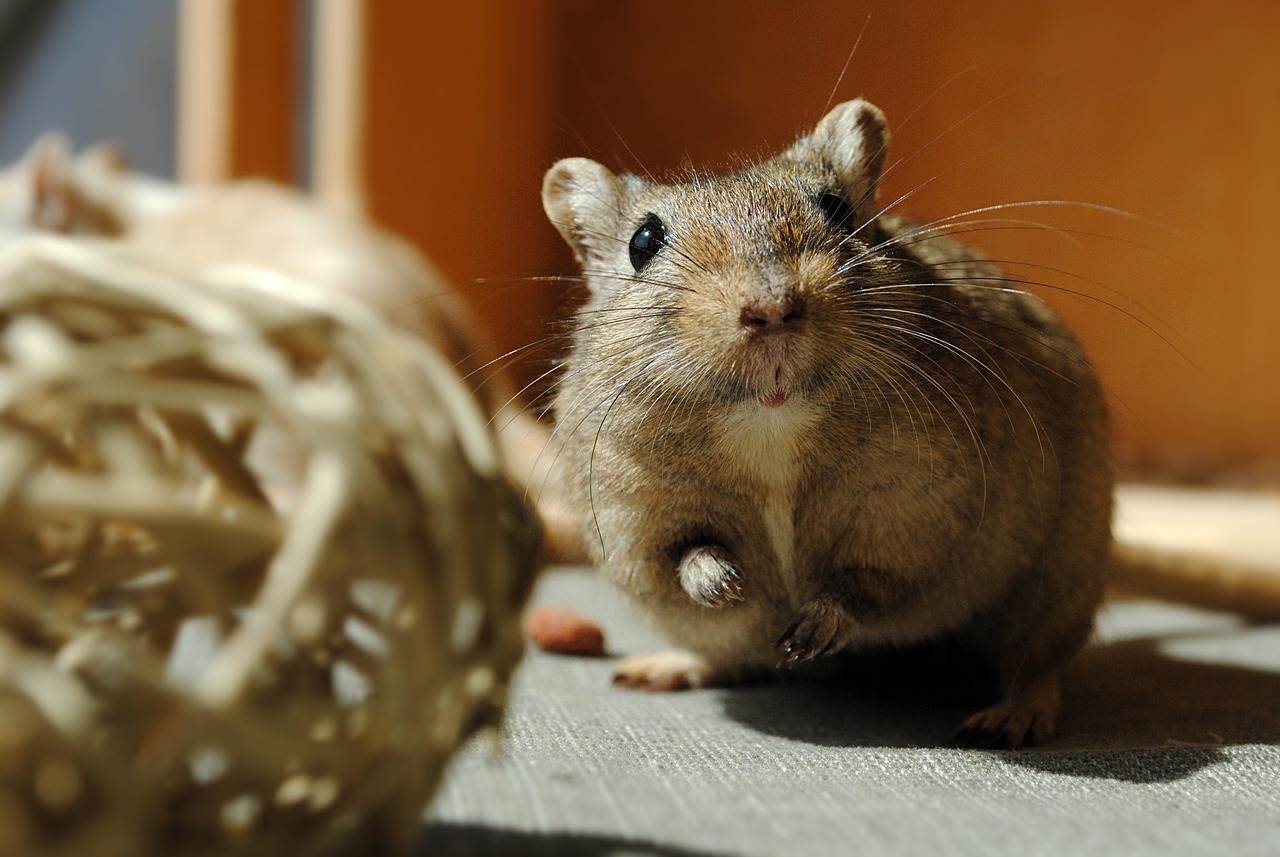
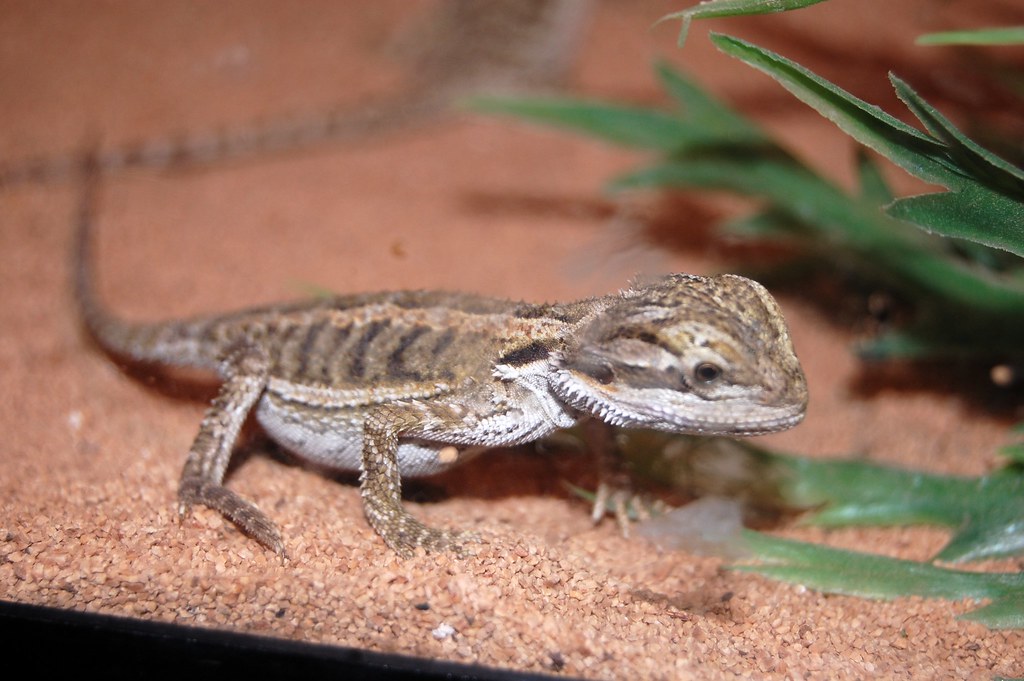
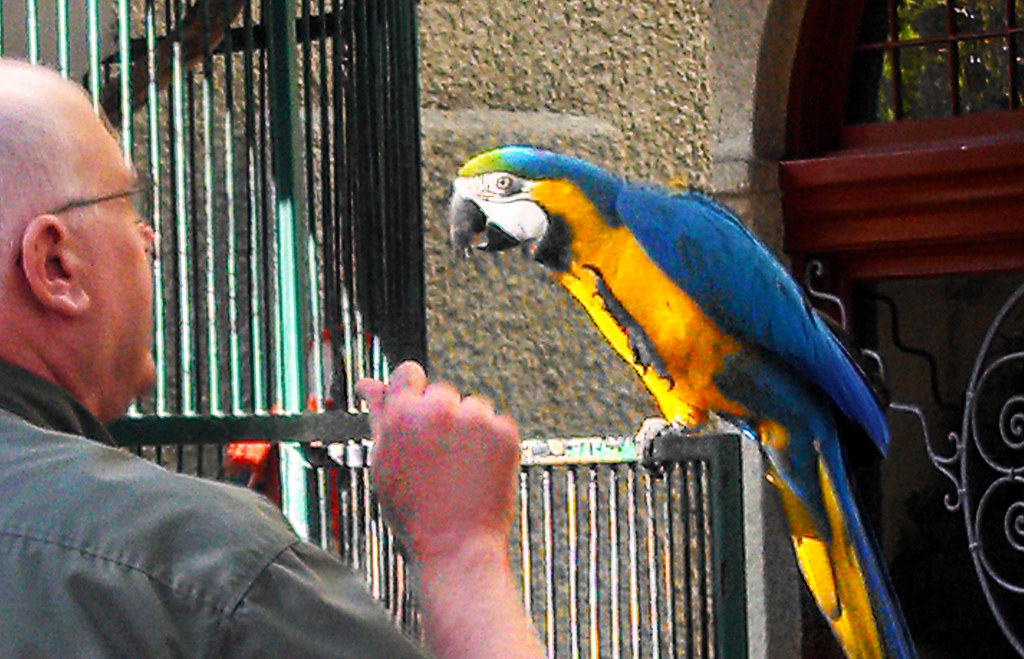
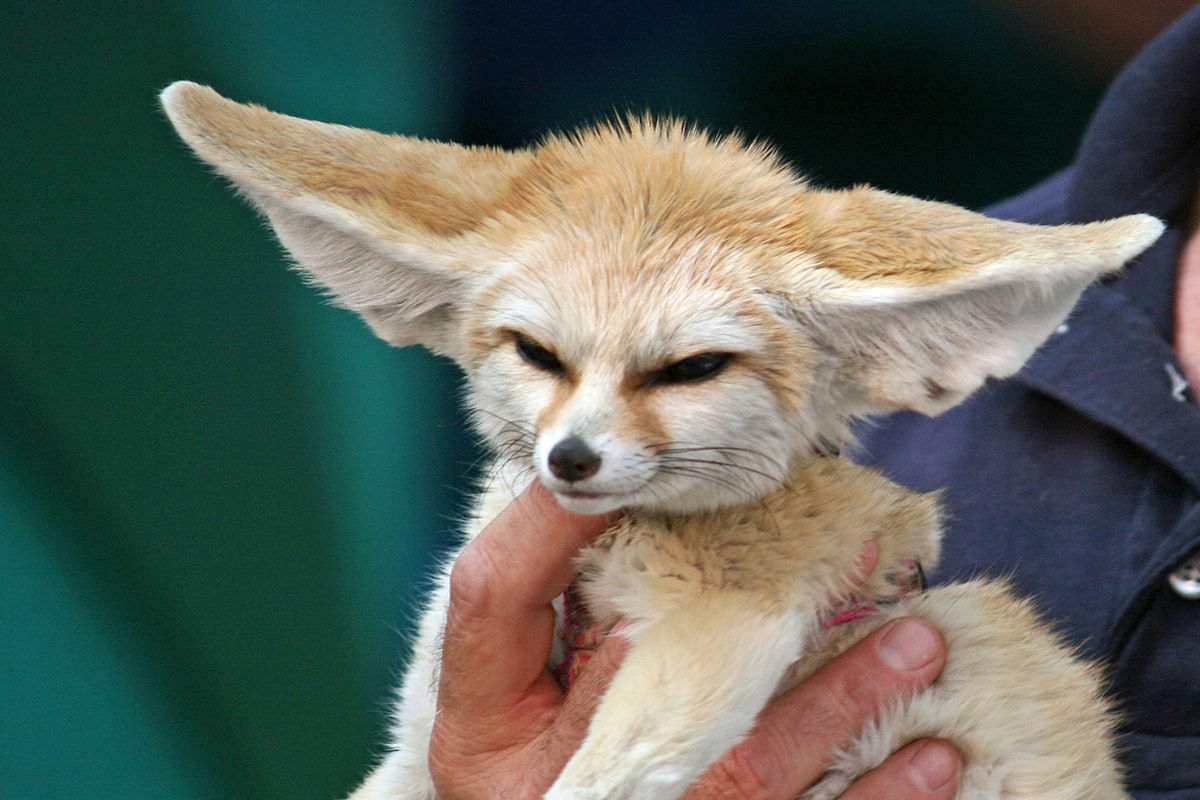
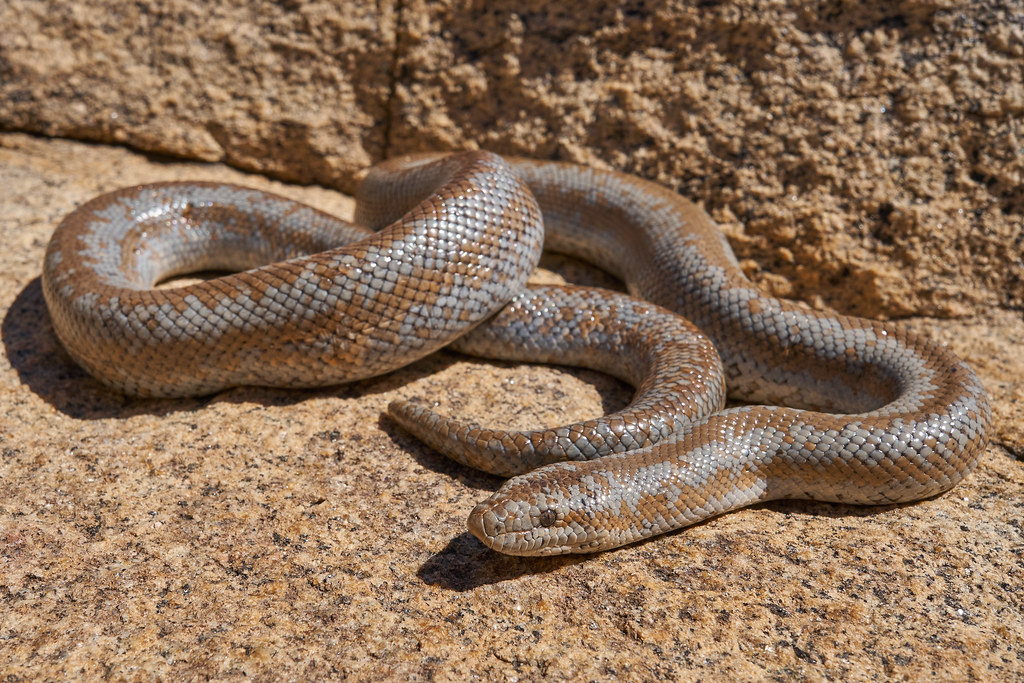
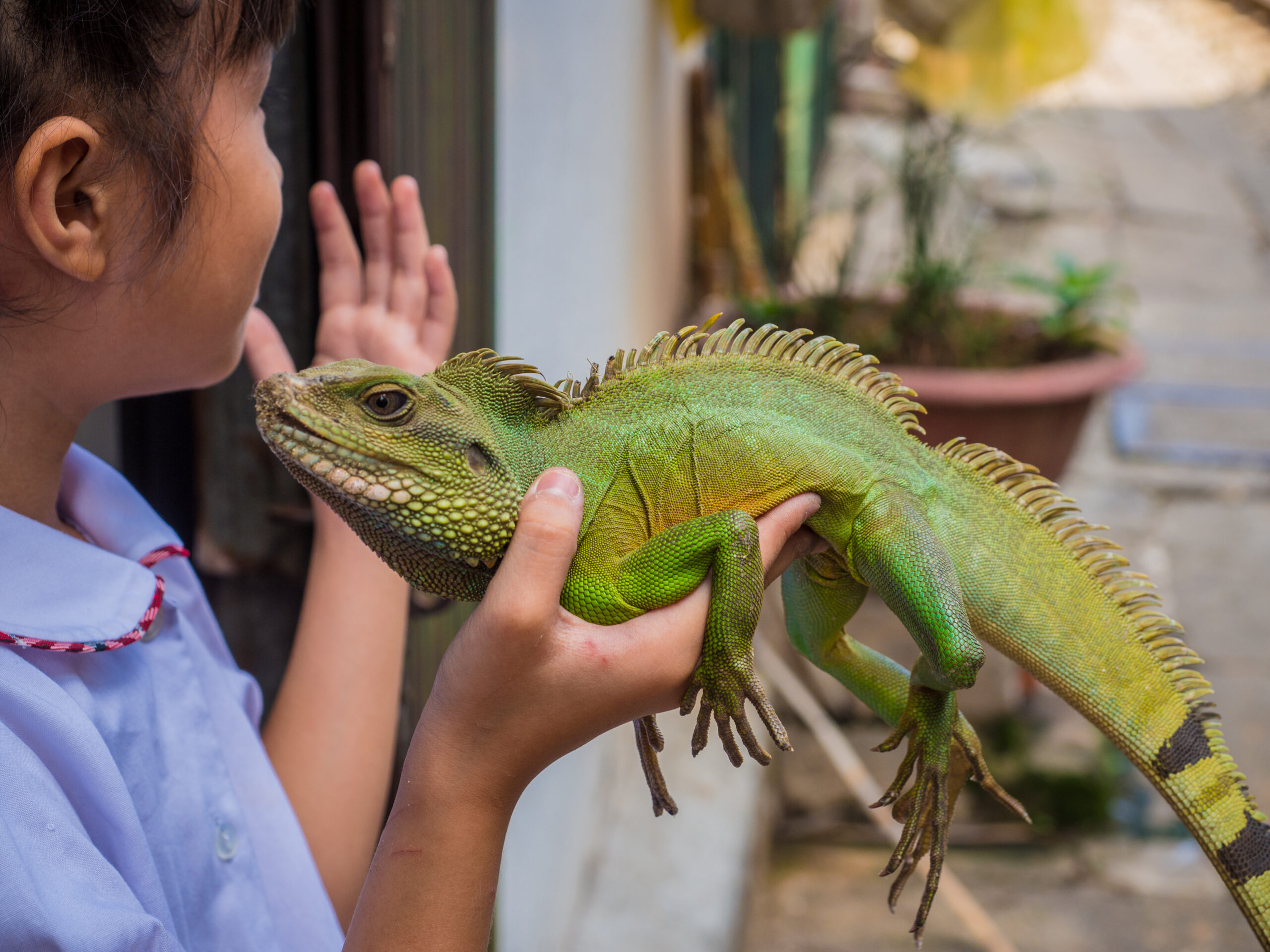
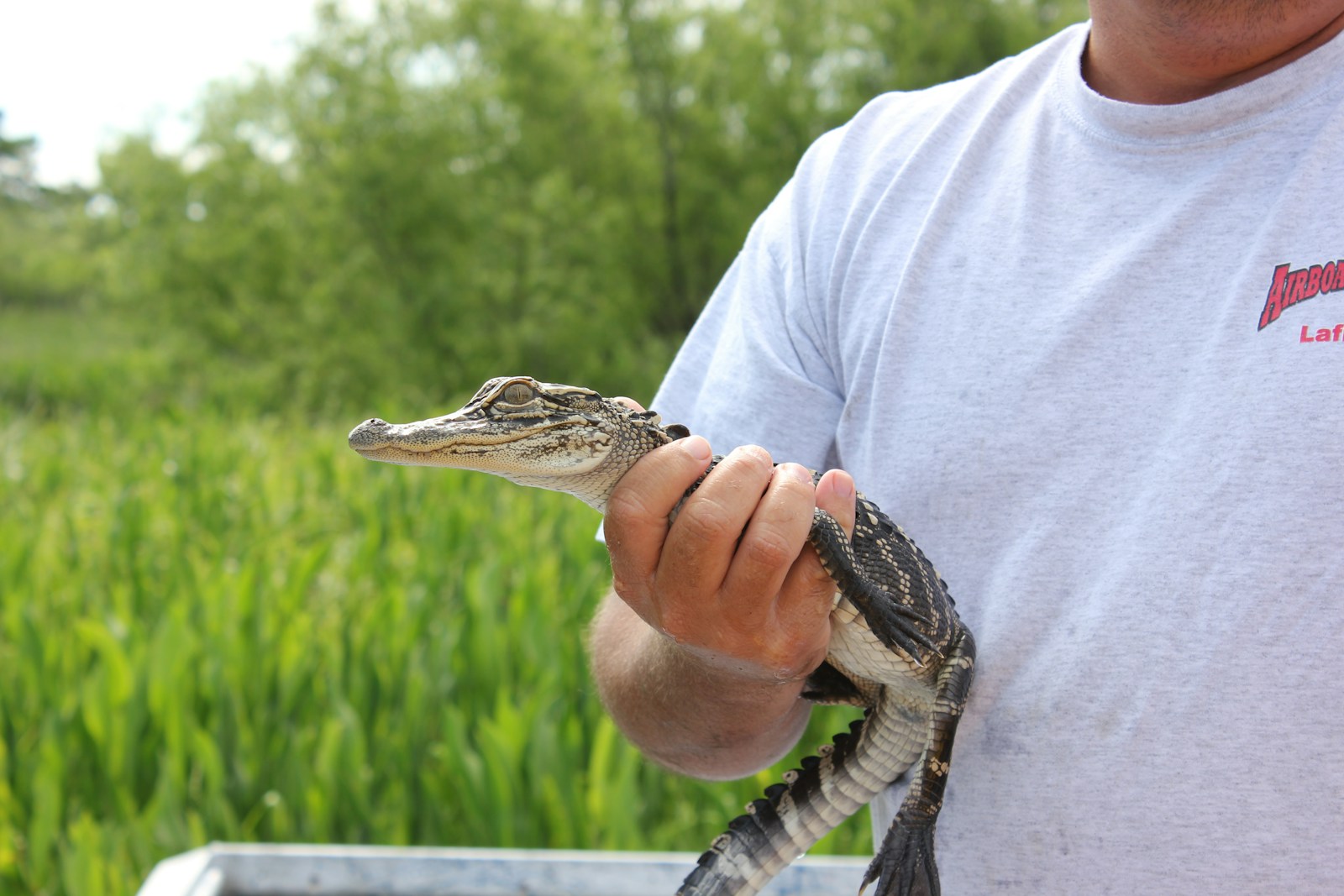




Leave a Reply